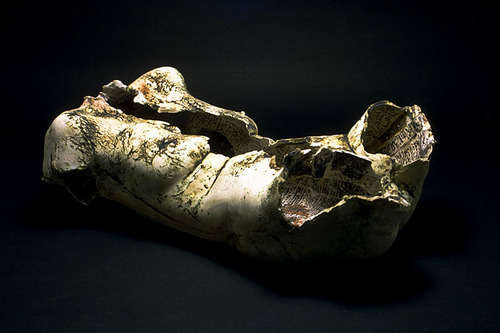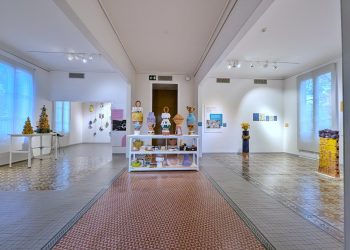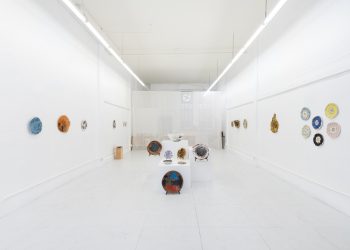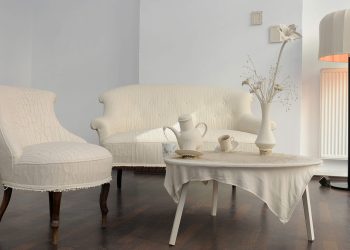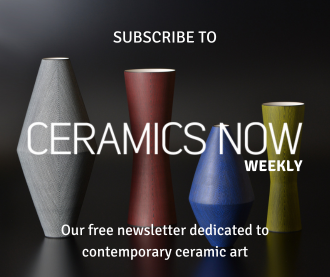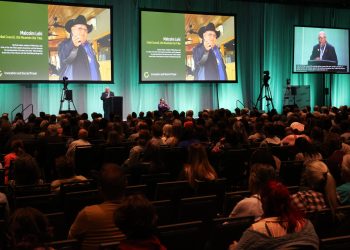What was your first contact with ceramics?
The first meeting with ceramic took place when I entered the university, as I decided to take the admission exam for the Ceramics Department. The reason for this option was the liberal reputation held by the Ceramics Department, mainly due to the young teachers of various formations, who were encouraging the free investigation subordinated to an “interdisciplinary” that at that time was quite attractive.
Because originally I had a sentimental inclination for Graphics – I was more familiar with expressing myself through lines and white / black tonal values. My way of perceiving the world and building volumes remained indebted to the graphic vision.
After graduation, due to my job as a designer at the porcelain factory in Cluj, I familiarized myself with the subtle expressivity of porcelain and its processing technology, practicing with this material for a long time, and ending up loving it.
You have participated in many competitions and international group exhibitions. What are the most important things you have learned by taking part in these events?
For me they represent a form of self-assessment and validation of my personal approach to ceramics in a context of ongoing dialogue with other colleagues. As for the residences and symposiums, they are extremely beneficial cultural exchanges for the refreshening of one’s ideas. They also bring the sense of being an ambassador of one’s own culture and historical traditions who makes a personal contribution, no matter how small, to the international artistic context. These kinds of events are especially significant for Romanian artists who have suffered, as we all know, from a period of political restrictions that had made the direct contact with the cultural world outside the Communist Bloc almost impossible.
What message or feeling do you want to convey to your viewer through your works? The portraits and the imprints that constitute your work are part of the artistic approach, or they are simply the result of a process of searching?
I find it hard to give a clear answer to this question, because it implies a number factors of which an artist is not always aware. Maybe is best to say that my works are the imprint of my inner trials and tribulations. In other words, they are a way of sensitively relating to the socio-cultural climate that surrounds me.
How the viewer can “read” my work, depends on one’s cultural heritage or current state of mind, and on other many things… but the perception with its various interpretations will always remains an open question. But oh, what joy we experience when the viewer interpretation comes close to the intended meaning, proving that our discourse is not just a monolog lost in void.
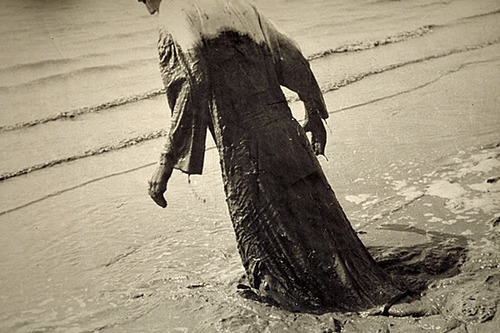
Besides figurative ceramic sculptures, you also create ceramic objects, installations and graphic drawings. What is the relationship between these works and the notion of experiment?
The world of the artist is an ongoing experiment, such as our entire existence. Early in my career, the decorative/ functional ceramic objects and the graphic drawings developed separately. Over time I have “married” them in installations – in which each one had a distinct contribution – or conjugated in one work, the inserted graphics having a textural and semantic role in the body of the sculpture.
In fact, I could say that drawing and photography have helped me to get beyond the decorative functional ceramic, to the exercise of figurative sculpture and helped me make the transition from object to installations. Still, in my figurative sculptures, the graphic signs and the writing have a great weight. In conclusion, I could say that using a wide range of materials and techniques, and crossing boundaries between artistic disciplines is beneficial to the development of the artistic language which puts the idea more easily in circulation.
Are you currently working on a project? Where we can see your works in the future?
The projects create one another and come back to you in time with a cyclic recurrence. Lately, I’ve been working with representations of fragments of the human body. Fragments are a concentration of the vital expression, each one symbolizing the whole (synecdoche); they are an independent sculptural entity, which contains a formal expression and symbolic weight.
My current favorite theme, “Janus” – the Greek myth of the two heads, is important for me because of its ambivalent connotations that can be found in different cultural backgrounds.
Interview by Vasi Hirdo, published in Ceramics Now Magazine, Issue 2. Translation by Anca Sanpetrean.
Visit Arina Ailincăi’s website.
View the list of interviews with ceramic artists.


